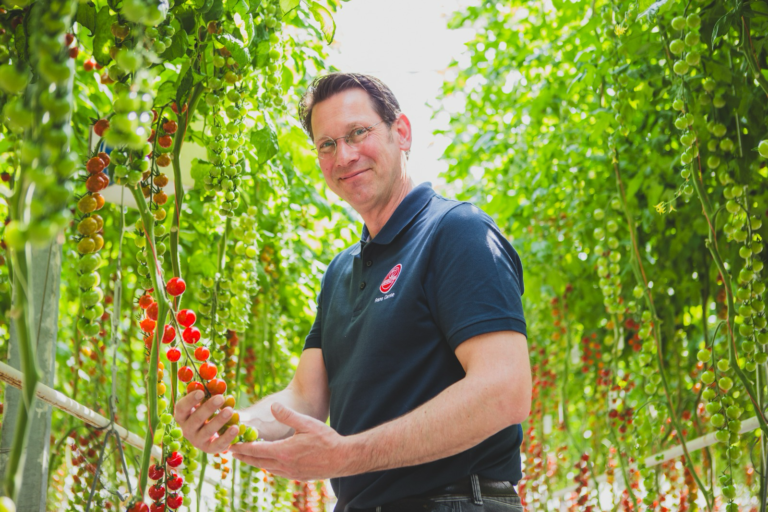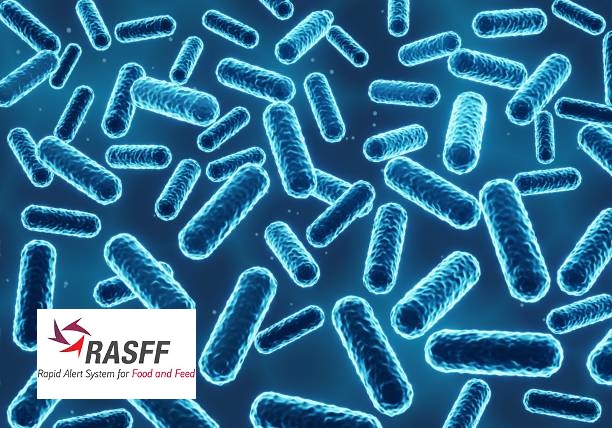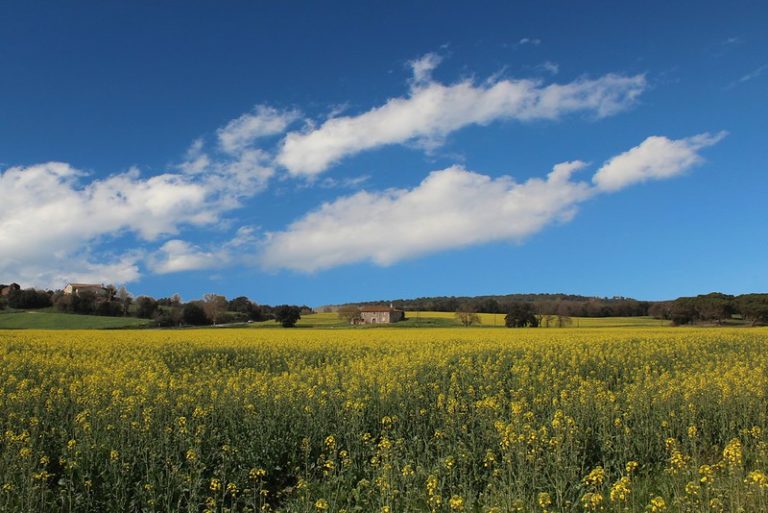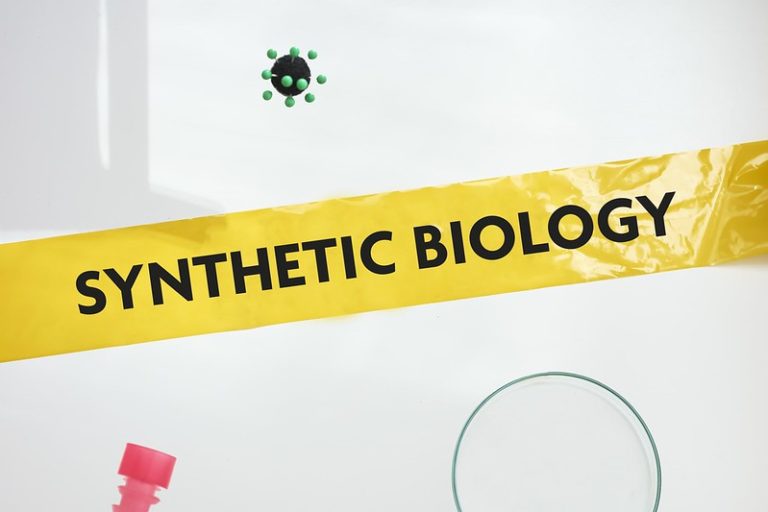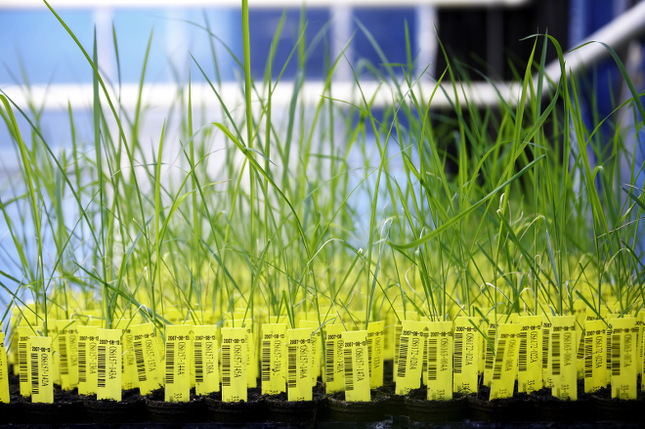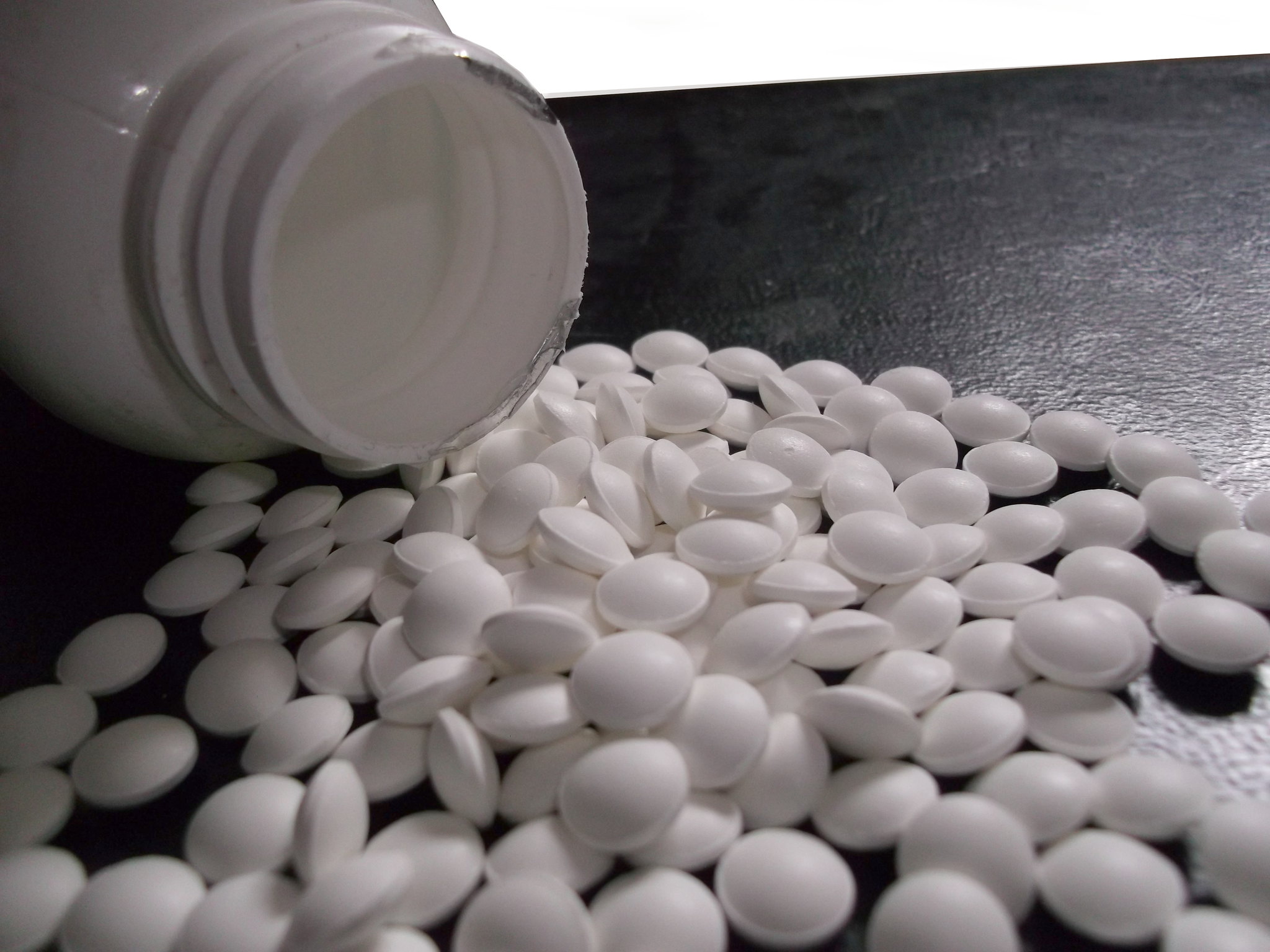Intellectual property rights are detrimental to biodiversity
Patents and plant breeders’ rights (PBR) are two types of intellectual property right. Both have a major impact on both cultivated and wild biodiversity.
Certain intellectual property rights (IPRs) affect cultivated biodiversity, agriculture, but also wild biodiversity, which provides genetic resources [1] such as stevia or the neem tree [2]. These are patents and, for plant crops, plant breeders’ rights (PBR)). The latter is linked to another tool, distinct from IPRs, the “official catalogue of varieties” [3].
Legislative frameworks with their own logic
In Europe, patents are granted by the European Patent Office (EPO). The patentability of biotechnological inventions, including plants and animals, is defined by Rule 27 of the European Patent Convention. In particular, “biological material isolated from its natural environment or produced by means of a technical process, even if it existed in a natural state” is patentable. For example, the EPO guidelines state that “a gene which is discovered to exist in its natural state may be patentable if a technical effect is disclosed, for example its use in the manufacture of a certain polypeptide or in gene therapy“. However, decision G 3/19 of the EPO’s Enlarged Board of Appeal in May 2020 excluded from patentability processes that are “essentially biological“, for example if they consist entirely of biological material. – for example if they consist entirely of natural phenomena such as crossing or selection – and products obtained by such processes [4]. Even if this remains somewhat theoretical [5].
A plant can also be protected as a variety by a PBR provided that it meets the criteria of distinctness, uniformity and stability (DUS) examined by authorised bodies. While a patent relates to a characteristic linked to the plant’s genotype, i.e. genetic characteristics, a PVC has until now covered a set of phenotypic characteristics, i.e. the external appearance and measurable behaviour of the entire plant. Patents and PBR are therefore different and cumulative [6]. However, it is likely that PBR criteria will soon be called upon to integrate or replace the description of a set of phenotypic characteristics with a description of a set of genetic characteristics. With the help of molecular markers, breeders would be able to trace protected varieties more effectively and strengthen the control of farmers by seed companies.
The official catalogues of varieties impose the same DUS criteria as the PBR, which ensures a de facto monopoly for varieties that can be protected by a PBR. This “standard” DUS only concerns industrial varieties and is incompatible with farmers’ seeds, which are by nature diverse and variable. A European regulation [7], which came into force on 1er January 2022, created the concept of biological heterogeneous material (BHM) to authorise the marketing of less homogeneous seed [8].
Intellectual property rights undermine biodiversity…
The official catalogue of varieties, PBR and patents have an impact on biodiversity. Patents obtained on products created by certain new genetic modification techniques exacerbate this impact. A study commissioned by the European Commission from the ICF consulting firm in 2021 [9] concludes : “Their development has a likely impact on plant biodiversity […]. Paradoxically, the intensification of plant breeding activity can reduce biodiversity, and therefore resilience. The genetic diversity of plants is threatened by the loss of local varieties [which have adapted over time to their ecological and cultural environment] and the dominance of genetically uniform modern varieties in many agricultural production systems“.
The catalogue restricts biodiversity by prohibiting the marketing and, in many countries, the exchange of non-homogeneous and unstable farmers’ seeds. The system of the International Union for the Protection of New Varieties of Plants (UPOV) also restricts biodiversity [10]. Imposed on States through bilateral agreements, it prohibits farmers from saving, exchanging or modifying the seeds of protected varieties, even though they are historically the originators. What’s more, there is nothing to prevent a breeder from homogenising and stabilising farmers’ seed populations and then appropriating them via a PVC. The pre-eminence of such an agricultural development model, currently limited to 78 countries (out of 198), would inevitably lead to an impoverishment of cultivated genetic diversity and weaken global food security.
Today, the major agro-industrial firms have large patent portfolios [11]. They may cover traits expressed by plant varieties resulting from conventional crossing-selection processes, traits native to plant species present in nature, or even in several different varieties. The appropriation of these traits can restrict the development of cultivated biodiversity, particularly that which produces food [12].
…and penalise its protectors
Biopiracy” is the abusive use of biodiversity and associated traditional indigenous knowledge, particularly by companies in “northern” countries (Europe, North America, Japan, Australia, New Zealand and China). Today, it can do without access to physical genetic resources from ’the South’ and directly exploit the large amount of digital sequence information (DSI) available and generated from such resources. It is generally accepted that this term encompasses nucleic acid sequence data, but also other types of data derived from or linked to dematerialised genetic resources, including, for example, protein sequence data. The industry’s Information Technology resources enable it to apply for patents on the basis of this dematerialised information and move from a model of inventions made in vitro to one of inventions made in silico. When questioned by Inf’OGM in September 2022, the EPO stated that “the use of DSIs has no influence on the patent, and we cannot oppose the granting of patents on this ground“. The EPO claims to base itself on European Directive 98/44, which contains a recital on the origin of resources and the obligation to declare their origin. This obligation is easily circumvented by the countries “of the North“, which claim that an DSI is not a genetic resource, but a product of research, which renders totally futile the few “databases of traditional knowledge” intended to “identify the origin of plants or substances“ [13] .
This DSI issue would nullify de facto the obligation of prior consent [14] and would put the multilateral benefit-sharing system (Nagoya Protocol) to the test with a vague promise to create a global fund arising from the use of these DSI, as decided in December 2022 at the biodiversity COP15 [15]. But will this financial compensation prevent, in the long term, the possible siphoning of genetic resources from the “South” by the “North” and the granting of patents prohibiting the original holders of such resources from continuing to use them ?
Patents can also restrict cultivated biodiversity. A single gene or mutated sequence can limit access to the entire biodiversity comprising the patented element. While the European PVC system authorises the use of the protected variety to breed another one and prohibits the resowing of the harvested grain (or, for 34 species, requires the payment of royalties to resow it), the patent system remains totally exclusive. Breeders who would need to use a variety with a patented element to create new varieties would be prevented from doing so without the authorisation of the patent holder. What’s more, while a variety is generally only protected by a single plant breeder’s right, it may be protected by several patents. It should be noted that, in the European Union, a variety as such cannot be patented. However, its genes can, which means that a variety can be protected by several patents.
These instruments for appropriating biodiversity operate at different levels of the living world : from the organism, whether plant or animal (excluding the human body and its components in their natural environment (European Directive 98/44, Articles 5 and 6)), through nucleotide sequences that make up its genome. Are political and institutional leaders really aware that this ’funnel’ privatisation also reduces biodiversity ?






